How Often To Get Chemical Peels
Like Seamless and Amazon Prime, beauty brands are making it so you never have to leave your house again. See: at-home peels, which promise spa facial-like results, no appointment required.
"At-home peels come in a variety of forms that range from the agents used to the application methods," says Ava Shamban, a Beverly Hills celebrity cosmetic dermatologist and founder of Skin Five. "Their benefits range from a useful gentle exfoliation, to treating acne, to improving texture tone and pigmentary abnormalities."
Because there are countless peels on the markets with different hero ingredients—like glycolic acid, lactic acid, alpha hydroxy acid (AHA), and citric acid, to name a few—we turned to Shamban and Dhaval Bhanusali, a New York City-based dermatologist and laser surgeon, to break down exactly what you need to know before trying a peel yourself.
DO: Read the ingredients
"If reading the label is important for every day skin care, it is extremely important when choosing a peel," Shamban says, "If you choose incorrectly you may not turn into a reptile, but your skin could certainly peel like a snake shedding its skin."
The most important part is picking the right acids for your skin type and goal. "If you want to improve the tone and pigment of skin, try AHAs like glycolic and lactic acid," explains Bhanusali. "BHAs like salicylic are good for acne-prone skin and help with oil control. And if you want a light exfoliation, try a peel with fruit acids in it."
Shamban is also a fan of AHAs, which she says "can be extremely useful for treating conditions from acne to pigmentation abnormalities." Enzyme peels (made with fruit ingredients like papaya or pineapple) offer a more gentle alternative.
DON'T: Get too caught up in percentages
You might see an acid-based product claiming a percentage of acid in the formula. "A peel with 20% glycolic is something completely different than one with 20% salicylic acid," Bhanusali says. "My advice is to start with the lowest strength peel and work your way up." Shamban claims the percentage of glycolic acid should be higher for more mature and sun damaged skin. Aging skin can be treated with up to 20 percent. However, she adds, "With repeated peels, results will be seen almost regardless of the concentration."
DO: Test first
Bhanusali warns: "Be careful with glycolic acid. It can cause chemical burns if it's too strong." And those with darker skin tones should be extra wary of chemical peels. "These skin types are more likely to get hyperpigmentation and even chemical burns," he says. "Start with a lower strength peel and work your way up."
Shamban's hack: "If your skin is sensitive, be sure to test the peel behind the ear or right in front of the ear before applying."
DON'T: Go overboard with skin prep
"Using a peel doesn't require prep, really, just gently cleanse your skin," Bhanusali suggests, adding that it's great to use a product with glycerin, chamomile, or other calming ingredients Make sure your skin is makeup-free and clean of grease—no need for heavy exfoliation or toning, because "the combination may overwhelm the skin." If you're feeling ambitious, you could even use a facial steamer beforehand to let ingredients penetrate even deeper.
DON'T: Do anything that might irritate skin further
Stay away from scrubs, lasers, products with acid, and any waxing treatments for the first 24 to 72 hours. This is also not the time to enjoy a day in the sun. If sun exposure is a must, make sure you apply sunscreen.
DO: Say goodbye to retinoids, vitamin C, and other products with acid
Both Shamban and Bhanusali suggest editing your skincare routine pre-peel so you cause your skin to become super sensitive, which may lead to redness or even a bad reaction. That includes dodging retinol-based products, as well as vitamin C, AHAs, and BHAs, for two to three days before the peel.
DON'T: Use physical exfoliators immediately after a peel
Take a break from the Clarisonic. "You are doing a chemical exfoliation, so be careful with any device that will do a physical exfoliation as you will be rubbing off the top layers of your skin," Shamban says. Another thing you should skip? Makeup for at least 24 hours after the peel, because it might lead to further irritation.
DON'T: Peel too frequently
"Once a week, or once every two weeks is all you need," Bhanusali says. Additional peels or overpeeling can disrupt your microbiome and leave your skin raw.
DO: Use gentle skincare products after a peel
Seek products that add moisture and nourishment back into the treated skin. Shamban suggests following with a "general non-comedogenic moisturizer" while Bhanusali stands by a "lightly moisturizing often with something gentle."
Shop At-Home Peels
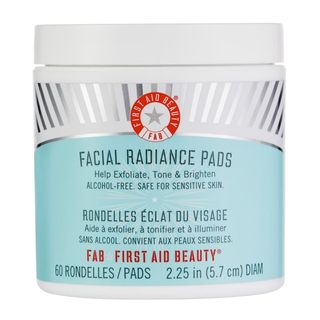
First Aid Beauty Facial Radiance Pads
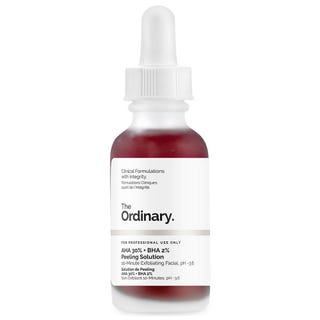
The Ordinary AHA 30% + BHA 2% Peeling Solution
The Ordinary ulta.com
$7.20
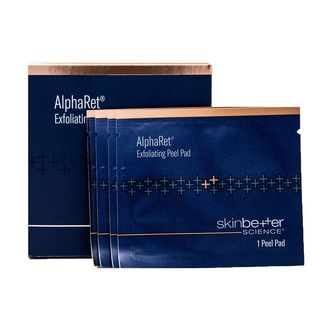
AlphaRet Exfoliating Peel Pads
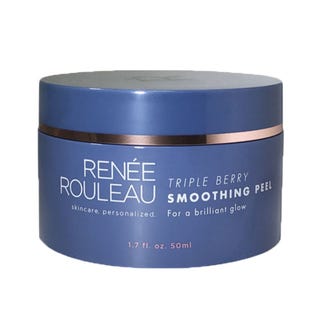
Triple Berry Smoothing Peel
Renee Rouleau reneerouleau.com
$88.50
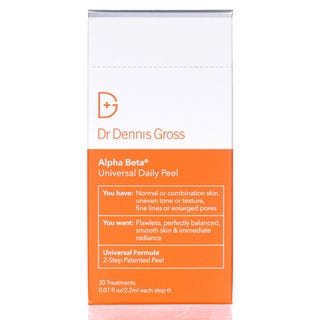
Dr. Dennis Gross Skincare Alpha Beta Universal Daily Peel
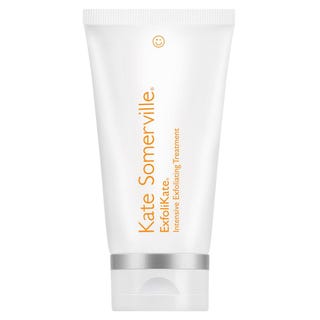
ExfoliKate® Intensive Pore Exfoliating Treatment
Kate Somerville sephora.com
$25.00
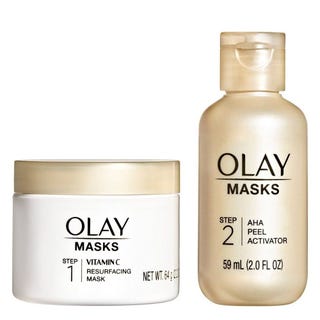
Olay Masks Vitamin C + AHA Resurfacing Peel Vitamin C - 4.2oz

Resurfacing BHA Glow Mask
Tata Harper sephora.com
$65.00
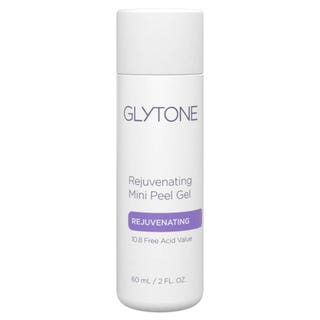
Rejuvenating Mini Peel Gel (2 fl. oz.)
Glytone dermstore.com
$64.00
This content is imported from {embed-name}. You may be able to find the same content in another format, or you may be able to find more information, at their web site.
This content is imported from {embed-name}. You may be able to find the same content in another format, or you may be able to find more information, at their web site.
This content is imported from {embed-name}. You may be able to find the same content in another format, or you may be able to find more information, at their web site.
This content is imported from {embed-name}. You may be able to find the same content in another format, or you may be able to find more information, at their web site.
This content is imported from {embed-name}. You may be able to find the same content in another format, or you may be able to find more information, at their web site.
This content is imported from {embed-name}. You may be able to find the same content in another format, or you may be able to find more information, at their web site.
This content is imported from {embed-name}. You may be able to find the same content in another format, or you may be able to find more information, at their web site.
This content is imported from {embed-name}. You may be able to find the same content in another format, or you may be able to find more information, at their web site.
This content is imported from {embed-name}. You may be able to find the same content in another format, or you may be able to find more information, at their web site.
Kristina Rodulfo Beauty Director Kristina Rodulfo is the Beauty Director of Women's Health—she oversees beauty coverage across print and digital and is an expert in product testing, identifying trends, and exploring the intersections of beauty, wellness, and culture.
This content is created and maintained by a third party, and imported onto this page to help users provide their email addresses. You may be able to find more information about this and similar content at piano.io
How Often To Get Chemical Peels
Source: https://www.elle.com/beauty/makeup-skin-care/a22799121/chemical-peel-at-home-how-to/
Posted by: shoafauncaughbove.blogspot.com

0 Response to "How Often To Get Chemical Peels"
Post a Comment